CARS and CARBON: The truth about how much our cars really emit - and taking real climate action
Okay, that’s it. I’ve had quite enough of our cars being demonised. Cars are a small fraction of the CO2 problem, and yet they cop 90 per cent of the climate criticism. You want to fight this? Here are the facts…
Right, let’s talk about electric vehicles, internal combustion cars and the climate-versus-emissions cataclysm we’re all headed for if we don’t fix the energy problem.
Time to hear from Mr Tony Weber, from the Federal Chamber of Automotive Industries, one of my favourite sources of credible industry commentary:
Mr Weber there, in his capacity as public speaker-in-chief for the Feral Chamber of Automotive Industries, which (as I understand) is a sort of de-facto PR agency for Toyota, based in Lobbyland, the bullshit factory known officially as Canberra.
Calling stridently for the new Government to mandate what the industry is already doing, mainly for the benefit of Toyota, whom Mr Weber loves, I’m sure. I know I do.
The FCAI also amusingly purports to represent the rest of the car industry - and in truth the other carmakers do fund them also. It’s a healthy six-to-seven-figure sum to join the Automotive Grub Club, but the lesser carmakers - Mazda, Hyundai, Mitsubishi, Kia, etc. - they seem just to get forgotten while their lobby group gives Toyota their undivided attention.
The favouritism is an insidious epidemic, among lobby groups, or so I’ve heard.
Anywho, to Mr Weber, with whom I typically find myself in furious agreement, as you know, I’d say, I’ve got a couple of problems with this one.
As to this claim of, “taking into account the nuances of Australian consumers’ needs”, there’s a problem. My sense of it is, you can’t ride both beasts at once. If one lobbies for the car industry, by definition, seemingly, one cannot give a damn about the consumer. That would be a conflict of interest, would it not?
Case in point, all that reprehensible lobbying you guys did against the regulation of rollover protection in quad bikes, and the stark apparent opposition of this stance to the consumer’s need to remain alive after tipping over in the back paddock, and dying of asphyxiation, in agony, over minutes to hours. Shame on you, FCAI. Read this report IN FULL >>. Personal opinion.
Secondly, the light vehicle sector being 10 per cent of transport emissions, allegedly. You alleged so in your official release >>.
Unfortunately, even though facts are at war with bullshit at the moment, there are still some of us who think the facts still matter. So let’s get to the truth, shall we?
My AutoExpert AFFORDABLE ROADSIDE ASSISTANCE PACKAGE
If you’re sick of paying through the neck for roadside assistance I’ve teamed up with 24/7 to offer AutoExpert readers nationwide roadside assistance from just $69 annually, plus there’s NO JOINING FEE
Full details here >>
AutoExpert DISCOUNT OLIGHT TORCHES
These flashlights are awesome. I carry the Olight Warrior Mini 2 every day - it’s tiny, robust, and super useful in the field or in the workshop. Olight is a terrific supporter of AutoExpert.
Use the code AEJC to get a 12% discount >>
THE SCALE OF THE REAL EMISSIONS PROBLEM
The light vehicle sector is cars, light commercial vehicles (utes and vans) and motorcycles. It says so right here, in this information sheet >> from the federal government.
According to more inconvenient facts, also from the federal government, Australia’s total CO2-equivalent emissions for the past six or seven years have averaged roughly 500 million tonnes. Transport - which includes planes, trains, trucks, and buses, not just cars, is about 18 per cent. So that’s about 90 million tonnes, out of 500 million. (It’s actually 93.5, but let’s just use rounded big numbers.)
(There’s also 13 or 14 million tonnes for international travel by land and sea, which is not in the accounts. It’s being ignored, of course.)
That’s all according to the three-volume National Greenhouse Inventory report 2020. A real bullet-stopper, in paper form. Check out Page 35, volume 1.
Road transportation is about 79 million tonnes (out of 500 - Page 45 - clear as a bell).
And, inconveniently for the FCAI, I’d suggest, there’s Page 48. Right there, in black and white:
So, let’s call that cars for 41 million tonnes, out of 500 million in total emissions, and out of 93.5 million total transport emissions, of which 79.8 is road transport. According to the official data, which is there in black and white also. So, my assessment of this, which is based on mathematics a 12-year-old could follow:
FCAI’s claim is cars are 10 per cent of transport emissions.
The facts: Cars are 44 per cent of total transport emissions, and they’re 51 per cent of road transport emissions, or about eight per cent of total national greenhouse emissions.
This stuff really matters, so that you and I, and everyone else in society who cares about this problem, can get it in perspective. In other words, if we magically turn every car in Australia to miraculously emit zero (unlikely, but let’s pretend) this will reduce our national emissions only by about eight per cent.
So, essentially, we’ve got all these carmakers, and all these bottom-feeding, leech-like lobby groups such as the FCAI and the so-called Electric Vehicle Council, which is just another industry-funded bullshit lobby group feeding this fire. The proposition that your internal combustion car is preposterously evil, killing the planet, and needs to be binned, forthwith - it’s misleading, to be polite.
The Electric Vehicle Council board, in case you were wondering. See anything interesting?
The fact is: Cars in Australia are a greenhouse sideshow, at best. The previous Federal Government, led by What’s-His-Name, was heavily funded by the fossil fuel industry. But so is Albo’s mob.
Tackling cars, when umpteen new coal and gas projects remain greenlit, is going to be ineffective. It served the Coalition’s interests, and it will serve Albo’s mob’s interests, to demonise the car, so that the grubby fossil fuel industry can go ahead and do their evil work with minimal blowback.
These coal and gas projects happen in the middle of nowhere, typically in places you’ve never heard of and would never visit, behind security fences, typically out of sight. They’re mostly intangible. You can’t feel them or see them (maybe with a drone, but that’s not a good idea). But they are happening. Thanks to Michael West, you can find out exactly where these new coal and gas projects are happening here >>
But cars are entirely tangible. Everyone has one. You’re stuck in traffic every day. Buying fuel sucks - there’s nothing uplifting about $150 for the fuel and the unbeatable two-for-one Kit-Kat meal deal or meat pie with questionable origins.
If these vested-interest lobby groups, the politicians and the senior bureaucrats being paid $500k a year to craft policies aligned with the big donors, to keep everyone happy - if they keep your climate conversation about cars, we can sweep the real problem under the rug.
And the real problem is burning fossil fuel - mainly coal - to make electricity. That’s 52 per cent of the problem, not including the fugitive emission from things like coal mines. So, let’s make that 61 per cent all up, of total emissions. Versus eight per cent, for cars.
Simplistically, electricity, in Australia: 310 million tonnes of CO2. Cars: 41 million tonnes. If we could reduce dependency on coal-fired electricity by just 13 per cent, that would be the same as a magical zero-emissions fleet of two million electric vehicles.
LET’S SOLVE THE REAL EPIC-EMISSIONS PROBLEM
Pro Tip #1: Australia effectively doubles its emissions by exporting coal. We export roughly enough coal to willing buyers in China, etc., to deliver another 500 million tonnes of CO2 into the air. Greenhouse is a global problem. Our exports are part of it. That coal makes us a shitload of money. It’s a hard problem to solve.
Burning rooly old dirt to make electricity to boil your kettle and charge your EV must stop.
Pro Tip #2: COVID-19 was not all negative just there. Between 2019 and 2020 emissions from passenger cars fell 9.4 per cent. Compared with the impact EVs have had, or could hope to have, until we get about two million of them on the road, COVID was the greenest thing that has happened to passenger vehicle emissions in Australia.
Part of that was being locked down, but part of it was also working from home.
Therefore, focussing on work from home, why is there no climate-driven high-level policy with financial inducements for businesses which allow employees to work from home wherever possible?
You save 100 per cent of emissions from commuting you don’t do. You also save 100 per cent of the tolls you don’t pay, and you get two hours of your life back, that day, and you reduce congestion and clean up the traffic flow for those who are forced to be there, in person, such as tradies, doctors and nurses, and frontline sales staff, etc. Deafening silence on that, disgracefully, at Federal and State level. And the evidence from that two-year experiment is in: It works.
If you actually want to reduce emissions - stop driving, otherwise stop pretending you’re making a difference.
Pro Tip #3: It costs you about $25,000 extra to buy an EV, versus a roughly equivalent internal combustion car. For the same sum, you could install a frankly kick-arse rooftop solar system with a big stationary battery, which could, effectively, eliminate your dependency on coal-fired electricity.
You’d also get power-failure protection, and power failures, we’re told, are going to be a salient feature of the future. Something else to look forward to, in our formerly advanced nation.
The $25,000 idea here being: you run your home on photovoltaics most days. God knows we’ve got the climate for it. Crank the air-con, heat some water, keep the lights on and the hot-tub nice and steamy. Whatever. And you charge the stationary big battery.
Only, it’s not that big, in the context of EVs. See, you need 60 or 70 kilowatt-hours for an EV with 400km of range. But you’d keep your home humming overnight with a quarter of that battery capacity, provided you don’t live at Wembley Stadium.)
If you want to put pressure on energy companies to leave coal behind, this is how you do it. Not with an EV. What I’m suggesting is the biggest energy ‘up-yours’ imaginable. And, hands up everyone who loves their electricity retailer. Just saying. Just as lovable as Exxon-Mobil, Shell or Chevron…
Of course, car companies are just stupid at this. To carmakers, so-called vehicle-to-grid integration is a nice idea, but it’s too hard to implement, especially here in the ancestral home of the mouth-breather.
Thus, carmakers are diligently overlooking the biggest possible, and most practical inducement for buying an EV which I could imagine. But then, I paid attention during physics lectures, so I’m in the minority. It’s a character flaw.
With the right software, you could do what I’m suggesting and even sell electricity from the battery back to the grid, when the price spikes. (Google ‘virtual power plant’ for more.)
And, when you’re done trading energy during the day, you can use a quarter of your EV battery capacity to be the overnight supply for your house, most nights. Trade 100 kilometres of mobility tomorrow (especially if you’re just planning the normal running around - of less than 50 kays per day, on average) against running the house overnight without coal.
If you’ve got rooftop solar and an EV, you could do this, today - if the carmaker and your energy provider supported this kind of thing. It’s not exactly that technical. It’s just a matter of getting senior executives from both camps together in a room with a high-level negotiator whose skills make them disinclined to take ‘no’ for an answer.
This is the greenest thing an EV could hope to achieve. Bookmark this concept. It is the most greenhouse-effective thing an EV could possibly do for you. It’s the best possible application for an EV because everything else an EV does targets just eight per cent of the emissions problem. What I’m suggesting is a full-frontal, brute-force assault on Coal Central.
Deafening silence on advocacy there from the FCAI or the Electric Vehicle Council, despite these generally bullshit claims of “accounting for the nuances of Australian consumer needs”. They just want to sell more cars. Forget the climate - it’s outside their remit. (And intellect, in my view)
CONCLUSION
This is what climate inaction looks like. It's an opportunity cost, right? Every EV not hooked up to the grid overnight is, effectively, part of the fossil fuel problem. Every commute to work that is not necessary promotes excessive fossil fuel use.
And don’t they know it?
We need to get off coal. EVs can help, potentially, but only if you get to hook one up to the house, and, by extension, to the grid. Coal is the immediate problem, not cars.
So we need to stop disproportionately demonising conventional cars. EV evangelists and Tesla fan-boys have far too big a megaphone on this, and it can’t help. Not to mention, ICE people and EV people are on the same team - you both need affordable transport.
Making the climate debate about cars is a smokescreen perpetrated by elite Lobbyland bullshitters, to further the grubby objectives of arsehole political donors in the fossil fuel industry. In reality, according to the numbers, it’s a sideshow.
And on this, I’d suggest Albo’s mob is just as susceptible to big donor bullshit coercion as the dickheads who preceded them. It’s something to watch out for over the current term.

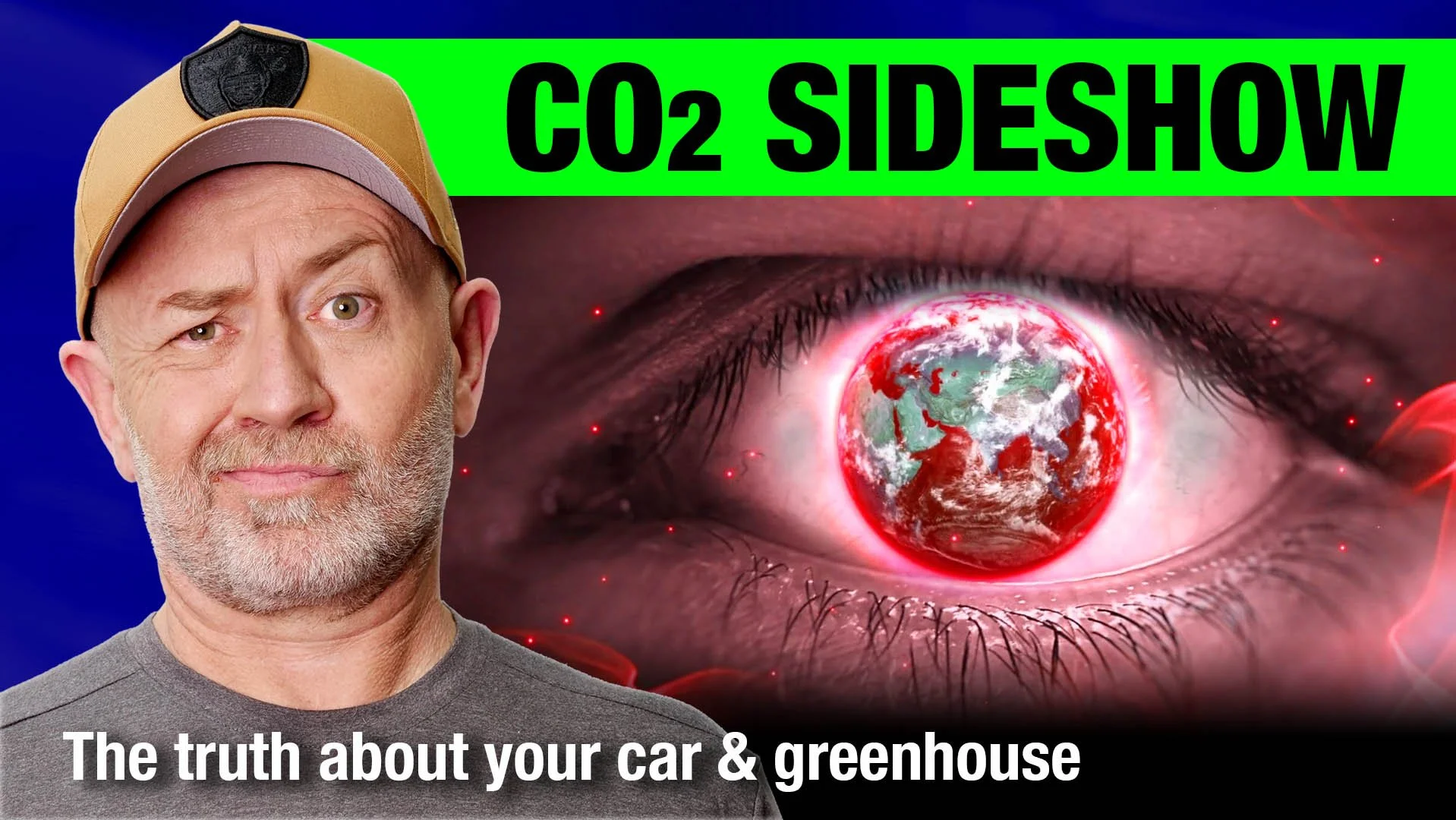






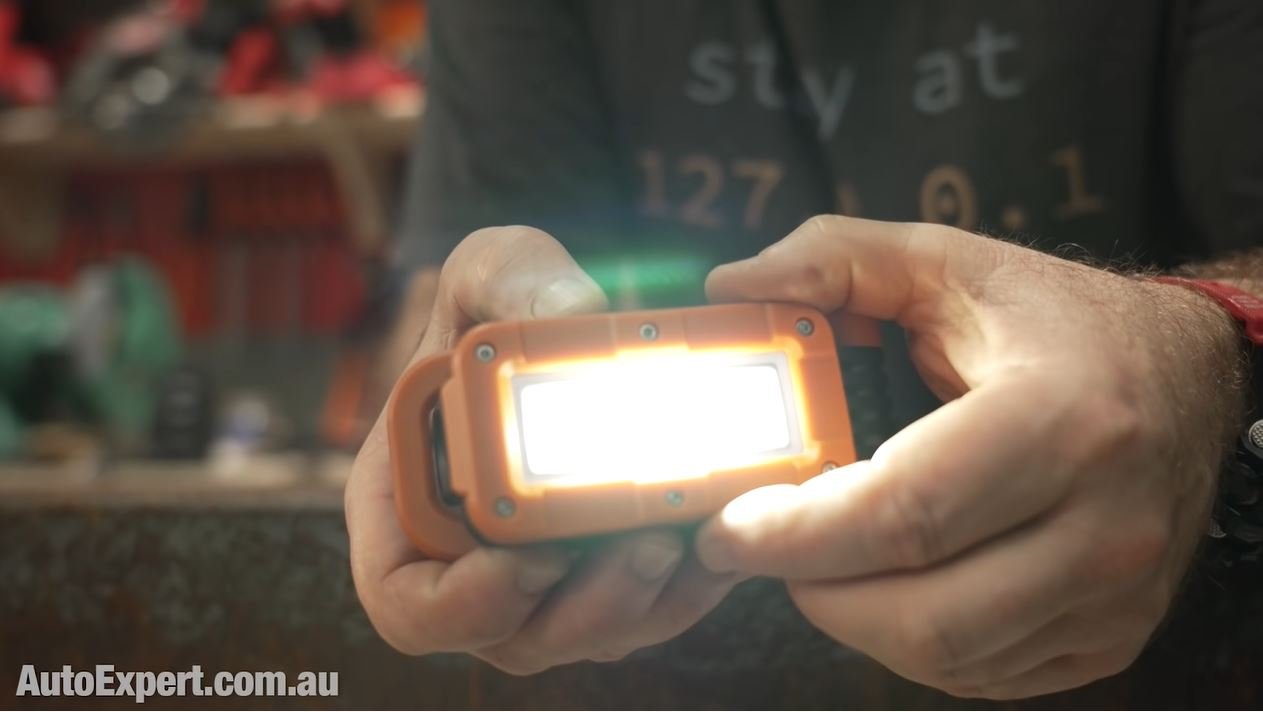





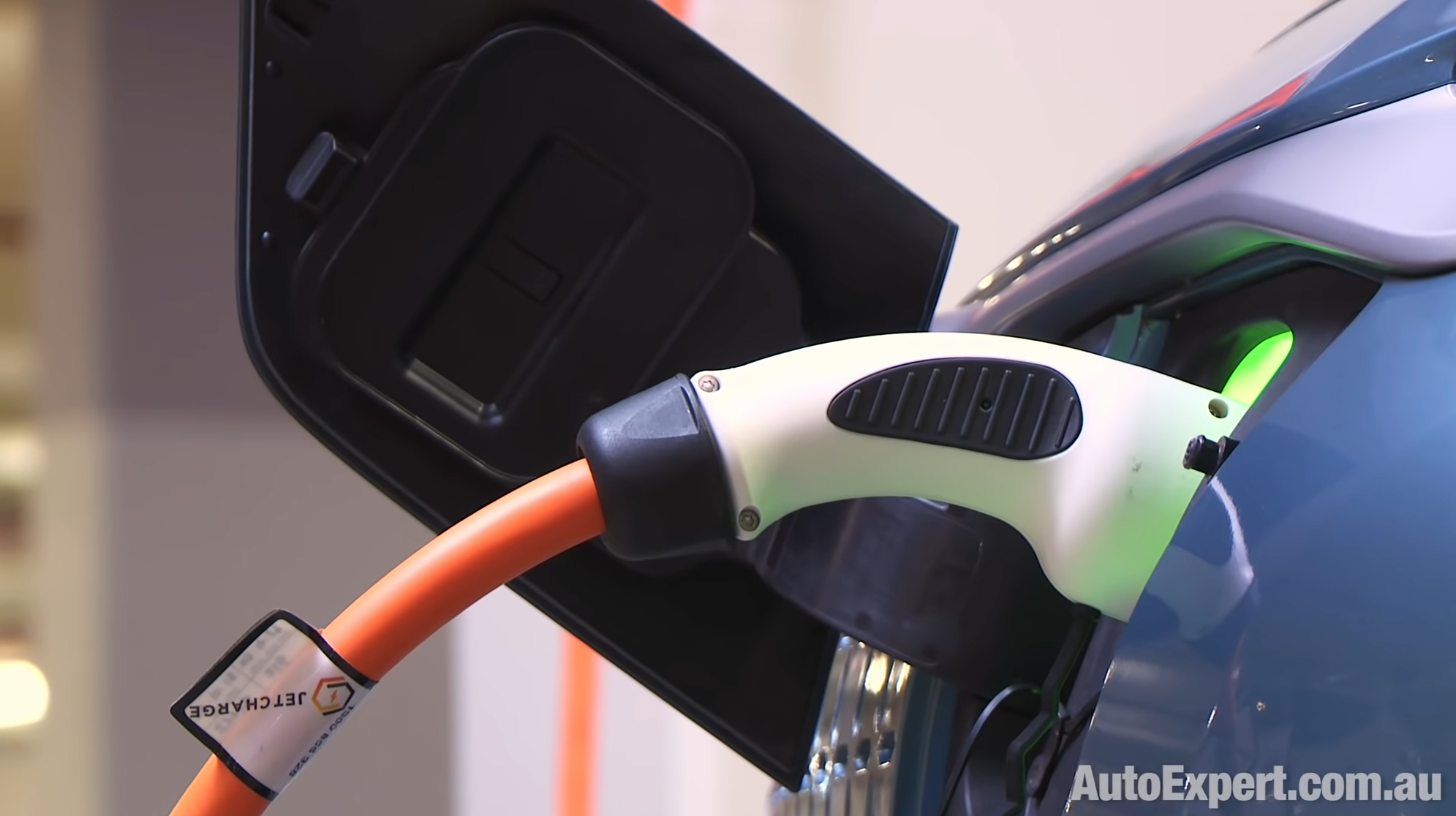
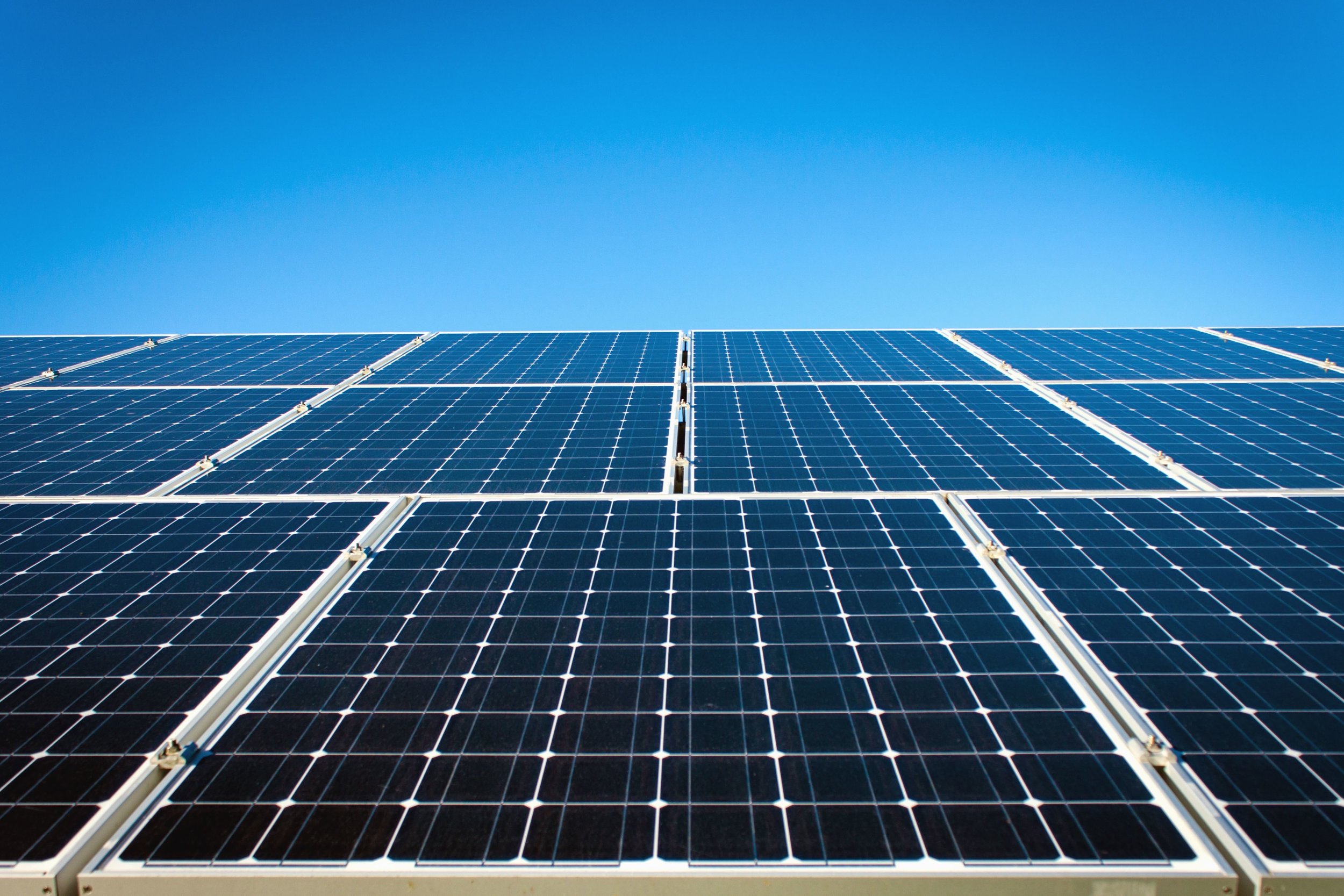

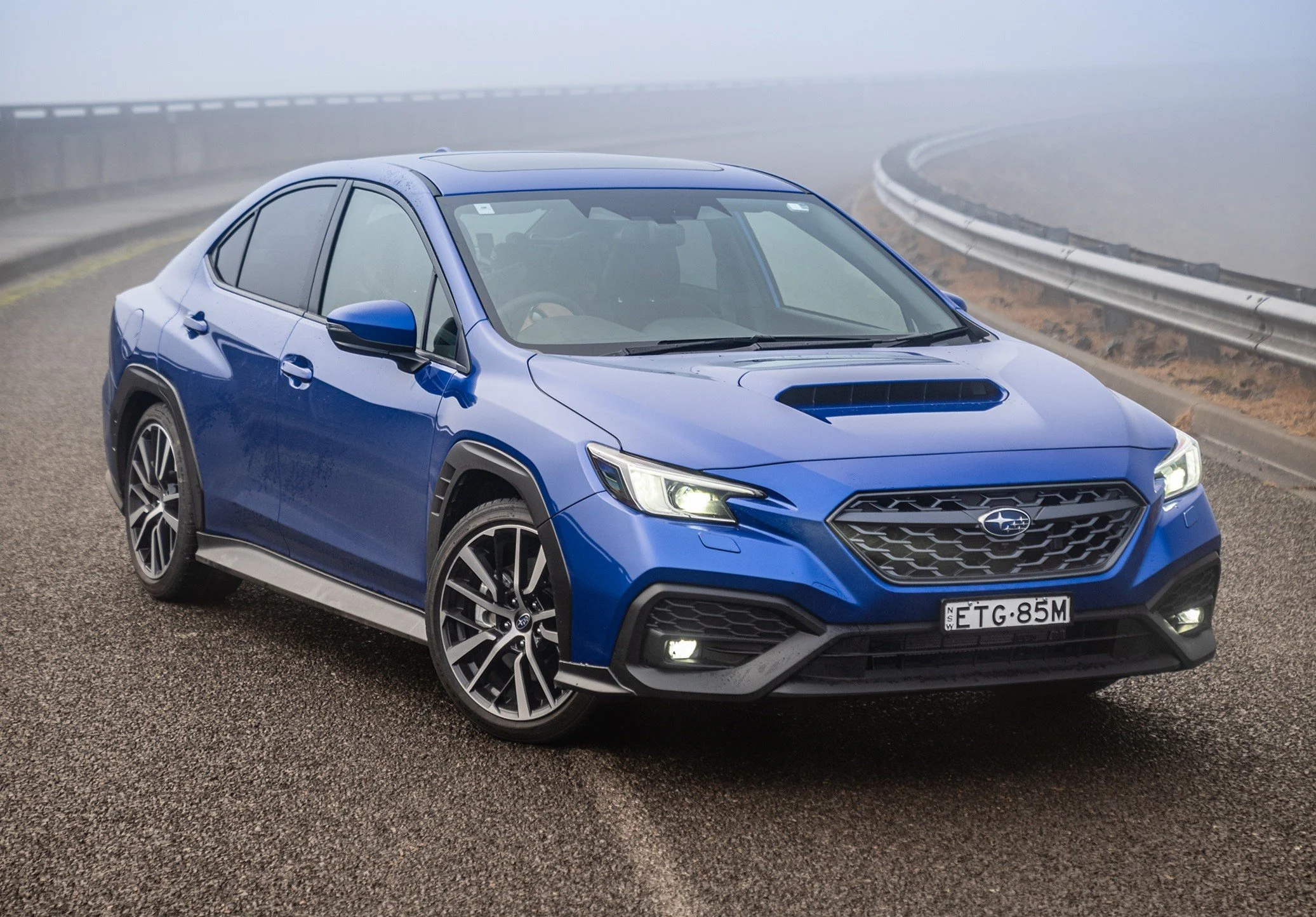
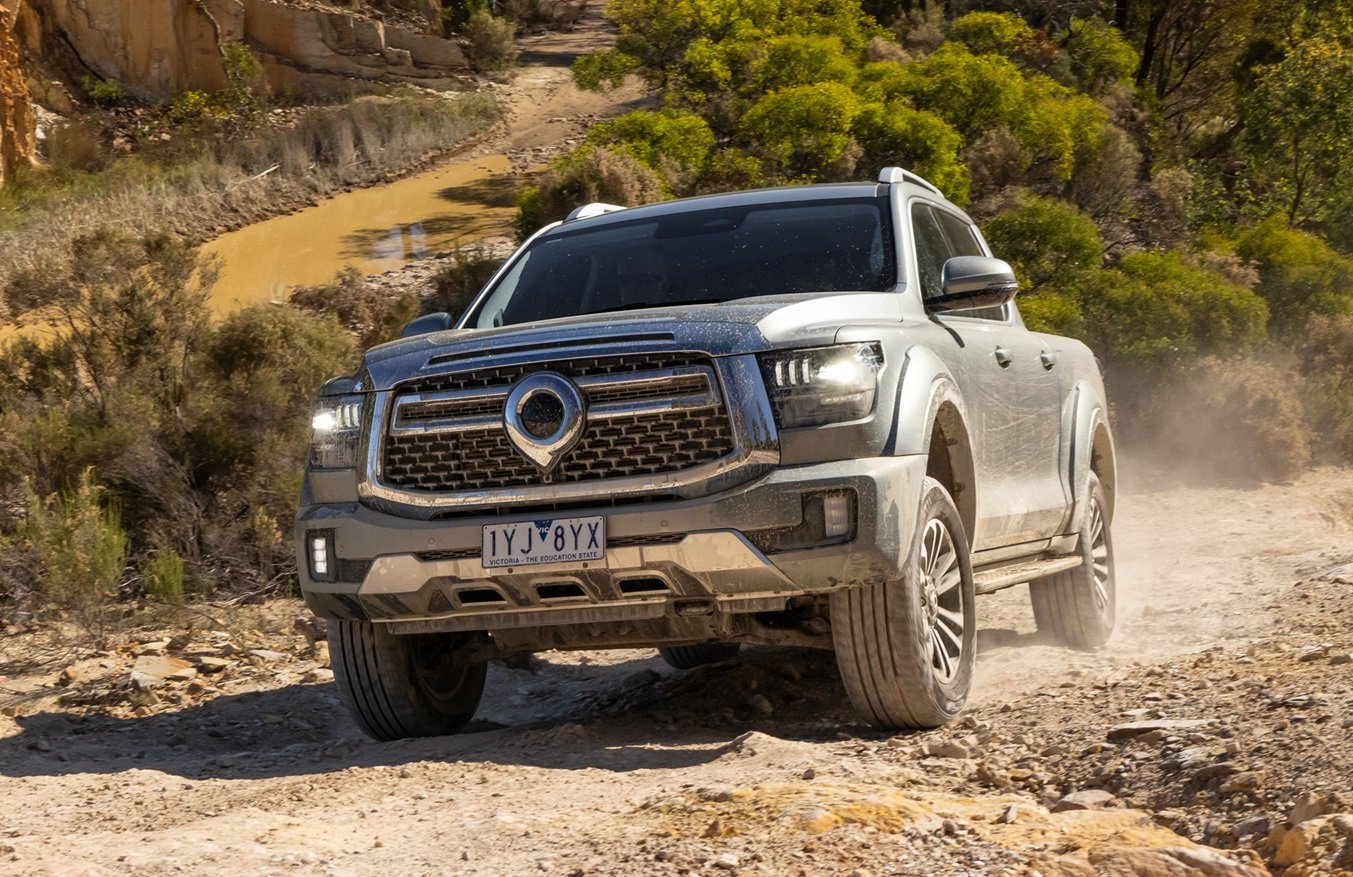

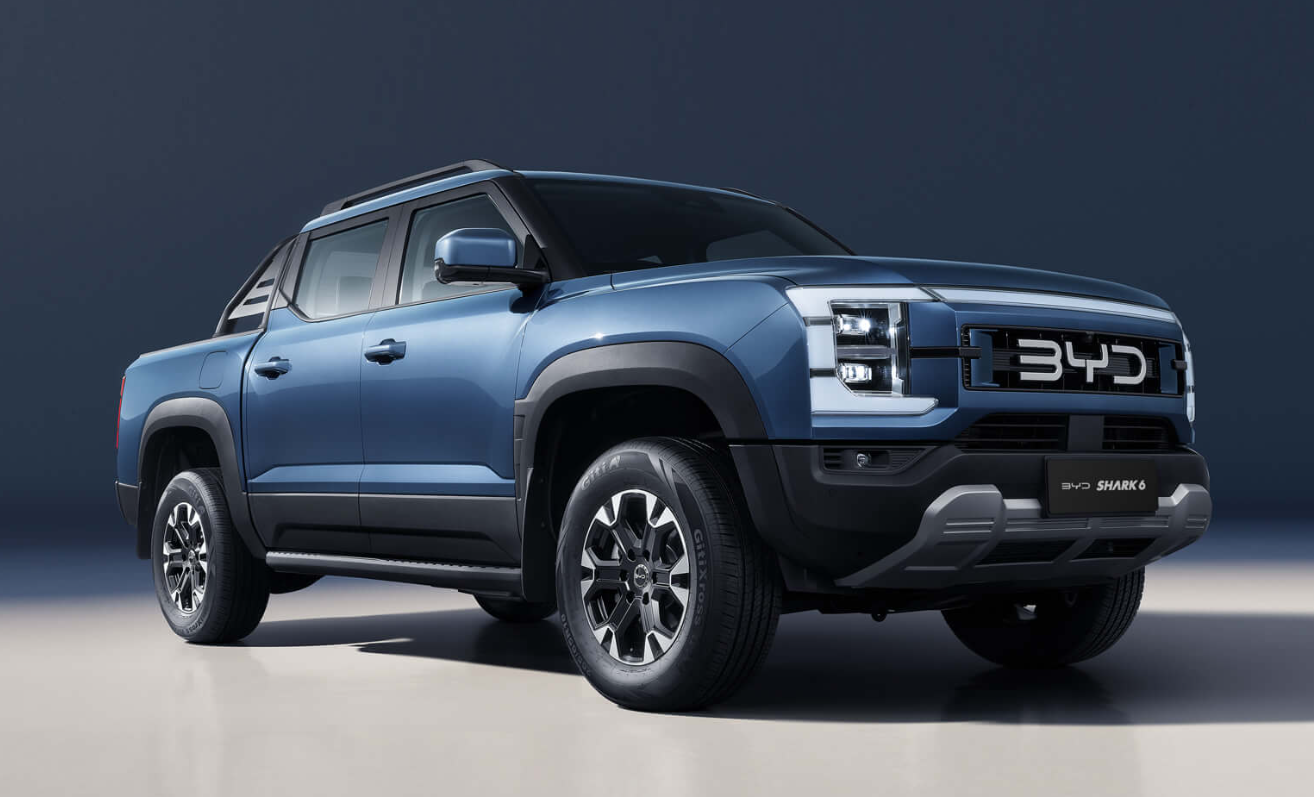

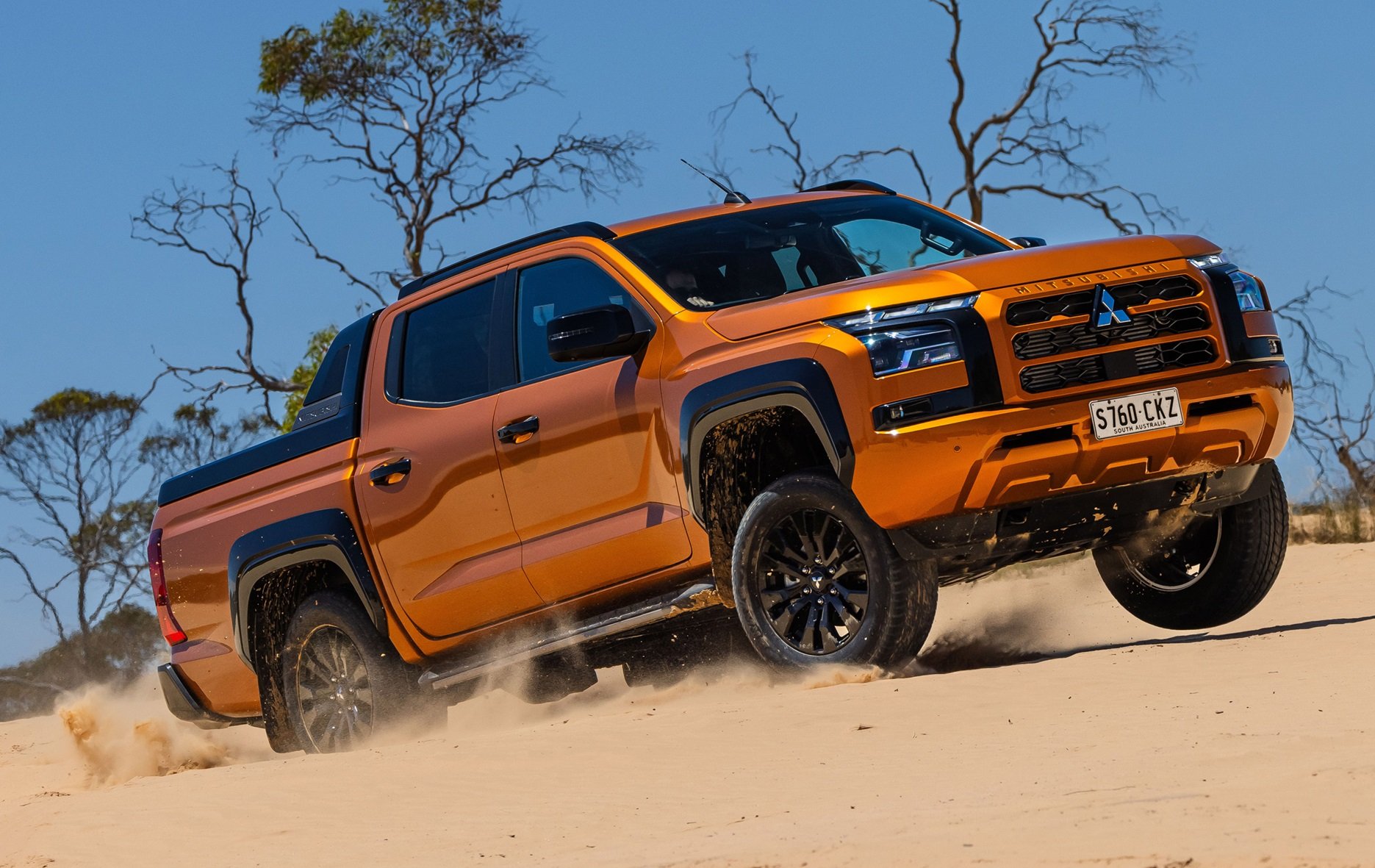




If you want one of the best driving, most luxurious and surprisingly capable five-seat SUVs in the market, don’t shop with the elite rip-off brands…